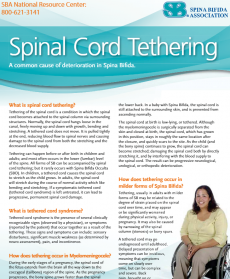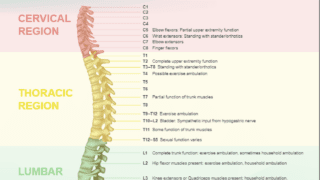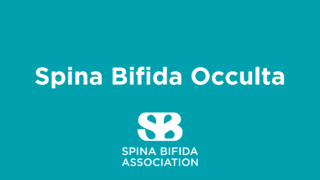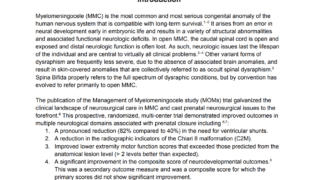Many people with open spina bifida have tethered spinal cords.
Tethering of the spinal cord is a condition in which the spinal cord becomes attached to the spinal column via surrounding structures. Normally, the spinal cord hangs loose in the canal, freely bending and stretching and moving up and down as the body grows. However, a tethered spinal cord does not move; it is pulled tightly at the end. This reduces blood flow to the spinal nerves and damages the spinal cord from the stretching and the decreased blood supply.
Tethering can happen before or after birth in children and adults with Spina Bífida, and most often occurs in the lower (lumbar) level of the spine. A tethered cord may go undiagnosed until adulthood when sometimes complex and severe symptoms come on slowly over time. While all forms of Spina Bifida can be accompanied by spinal cord tethering, it rarely occurs with Spina Occulta.
This information sheet covers:
- How a tethered spinal cord affects the spine in children and adults
- The signs and symptoms of tethered spinal cord syndrome, such as sensory disturbance, significant muscle weakness, pain, and incontinence
- How a tethered spinal cord is diagnosed
- How spinal cord tethering occurs in Myelomeningocele, and how it can lead to progressive neurological, urological, or orthopedic deterioration
- The factors that play into the decision whether to perform surgery to untether the spinal cord and what typically happens after untethering surgery
- The role of medication, alternative therapy, rest, and physical therapy in the treatment of symptomatic tethered cord
- Complications of untethering, and whether it could be necessary to repeat untethering
This information does not constitute medical advice for any individual. As special cases may vary from the general information presented here, SBA advises readers to consult a qualified medical or other professional on an individual basis.
Tags



